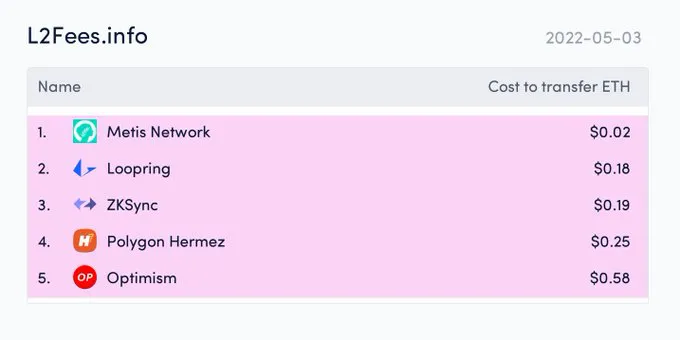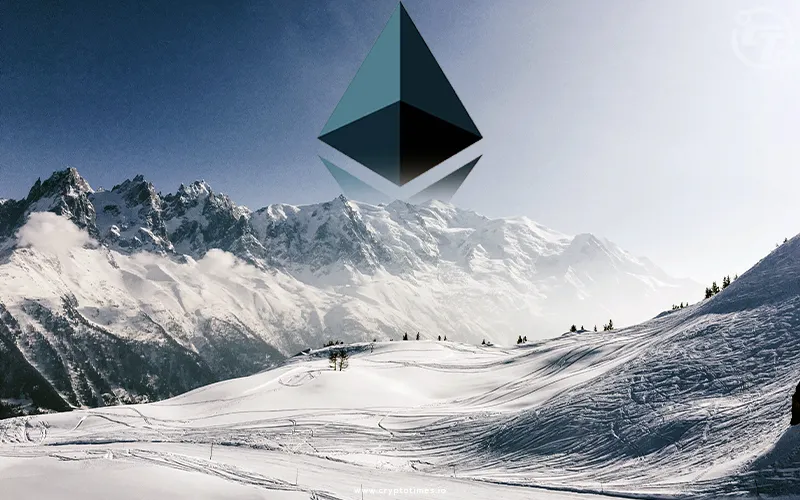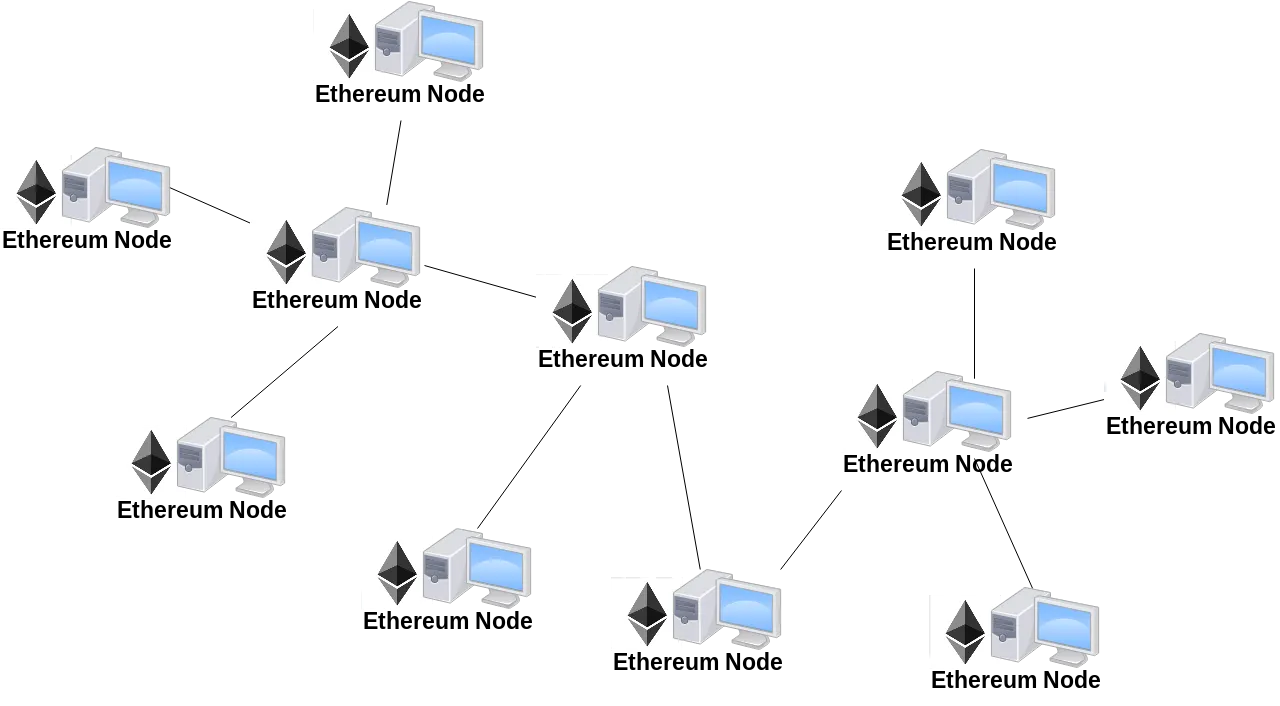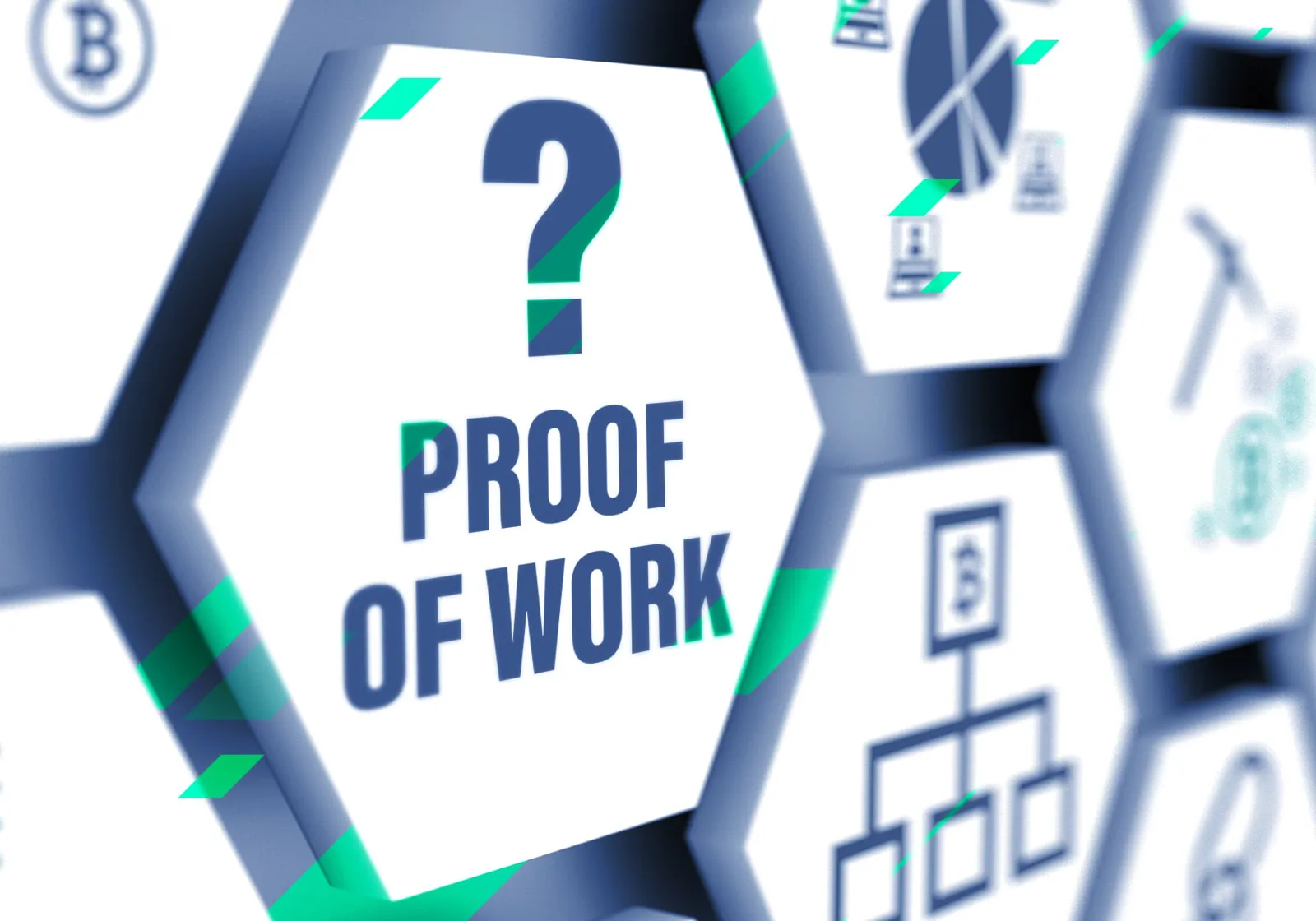Ethereum's Upgrade: Move to Proof of stake and other updates
May, 4th 2022
Vitalik Buterin calls for low layer 2 fees
Although layer-2 transactions are relatively inexpensive, Vitalik Buterin believes that all transactions must cost less than $0.05 to be truly acceptable.

by L2Fees.info
A screenshot of the average transaction fees for eight Ethereum layer-2 platforms was posted by the "Bankless" podcast's Ryan Sean Adams in response to a tweet from the Ethereum co-founder.
Based on data obtained from L2fees.info, a platform that compares Ethereum's layer-1 network with layer-2 networks built on top of it.
A token swap on the Metis Network still costs $0.14, but it is the only layer-2 transaction price that achieves Buterin's $0.02 goal. Other costs on Loopring start at $0.12 per transaction and rise to $1.98 on the Aztec Network.
At $3.26 per transaction and $16.31 per token swap, Ethereum's layer-1 is currently affordable; however, after Yuga Lab releases another collection of nonfungible tokens (NFTs) with fees that can reach $14,000, those prices may skyrocket.
Layer-2s, according to Adams, kept Ethereum economical, stating, "This is Ethereum, and it's not expensive."
Buterin stated that layer-2s were not yet available:
“Needs to get under $0.05 to be truly acceptable imo. But we’re definitely making great progress, and even proto-danksharding may be enough to get us there for a while!”
In 2017, Buterin first stated that the internet of money should not cost more than 5 cents per transaction during an interview.
Buterin reaffirmed his dedication to this aim "100%" in a lengthy thread on Twitter in early January, and outlined some of the key points he's made over the last decade.
Buterin explained, “That was the goal in 2017, and it’s still the goal now. It’s precisely why we're spending so much time working on scalability.”
Reduced short-term gas fees
Proto-danksharding, also known as EIP-4844, is a recently suggested upgrade to Ethereum that will see essential parts of danksharding, a new, simpler version of prior sharding ideas, introduced onto the network without the requirement for sharding modifications. Buterin mentioned Proto-danksharding in his reply to Adams.
As a result of proto-danksharding, the Ethereum Virtual Machine (EVM) will not be able to access an additional 125KB of data through a new type of transaction called a "blob-carrying transaction.". This is supposed to reduce congestion and competition for gas usage in the short term, which should lower gas prices.
Buterin explained in a blog post last month:
"Because validators and clients still have to download full blob contents, data bandwidth in proto-danksharding is targeted to 1 MB per slot instead of the full 16 MB. However, there are nevertheless large scalability gains because this data is not competing with the gas usage of existing Ethereum transactions.”
The upgrade to the shard chains is scheduled for sometime in 2023, well after the mainnet and beacon chains have been merged. Ethereum's roadmap is generally variable, but the upgrade to the shard chains is scheduled for sometime in 2023, well after the mainnet and beacon chains have been merged.
As a result, shard chains enable data to be stored horizontally and affordably across the network, spreading the load, reducing congestion, and speeding up transactions. This is expected to have a significant impact on Ethereum and its layer-2 services.
December 7th, 2021
All About Arrow Glacier: Ethereum's New Upgrade
Arrow Glacier could slow down the "difficulty bomb" following the unveiling of Ethereum 2.0. Arrow Glacier offers developers a few extra months to upgrade Ethereum 2.0 without distractions. Altair, Ethereum's last update, was unveiled in October.

Just several months ago, Ethereum programmers were requesting users to update their nodes.
Nodes are the devices that operate the network software and usually store the fixed ledger of transactions.

These developers are at it again, this time to slow down what's known as the "difficulty bomb"—a periodic function that will become outdated once Ethereum 2.0 takes the full impact and the network shifts to a proof-of-stake consensus model that eliminates crypto mining. Contrary to the London hard fork, which transformed the Ethereum fee plan and unveiled deflationary pressure to the platform.
The Arrow Glacier planned for launch this week doesn't come with such capabilities. It isn't even fascinating compared to the October upgrade, Altair. It prepared the beacon chain, the basis of Ethereum's change to proof-of-stake for heyday.
Arrow Glacier's main objective is to prevent a bomb from going off and offer developers extra time to switch the network to Ethereum 2.0. Without it, the current network could become obsolete.
The upgrade was created in 2015 when developers started creating the Ethereum network. The network's creators planned to upgrade past Bitcoin's consensus method, proof-of-work, which incentivizes individuals to supply computing power to operate and secure the network by offering them newly minted coins.

Proof of work establishes an arms race for all-time computing power that's neither helpful for the ecology nor individual's garage clutter. This explains why the network has been developing to proof of stake. In this strategy, coin holders can lock up their ETH in the network to safeguard the blockchain; in exchange, they get newly minted ETH proportionate to their contribution, even if they lack the best hardware.
I just published another #AllCoreDevs update, covering Arrow Glacier 🏹🧊, Kintsugi 🍵 and the recently proposed EIP-4488 📜
Strongly recommend for folks wanting to get up to speed on the tradeoffs related to the EIP, as things may move quickly! — Tim Beiko
Armed with this information, these developers hardcoded an incentive inside the blockchain to help drive the network away from proof of work. That code, called the difficulty bomb, would make it impossible for individuals to mine ETH and delay the network provided it remained proof of work.
Similar to previous upgrades, the August London hard fork upgrade slowed down detonation until December. As such, developers had to slow it down.
Developers anticipate such upgrades to end in the future. Tim Biko, who supervises the network's main developers stated last week, "Hopefully, this is the last time the difficulty bomb is delayed before Ethereum's transition to proof-of-stake!"
Ethereum's new token standards: ERC-20, ERC-721, ERC-777, and ERC-1155
Many types of smart contracts are supported by the Ethereum Request for Comment (ERC) standard today. Some examples are ERC-20, ERC-721, ERC-777, and ERC-1155.
Because ERC-20 is the first and most frequently used token standard, tokens based on it can be used by any Ethereum-based project and any Ethereum-based wallet. It is the common protocol for fungible tokens on the Ethereum blockchain, in addition to voting tokens, staking tokens, and virtual currencies.
Aside from non-fungible tokens (NFTs), another token standard, ERC-721, has gotten a lot of interest. Users can use it to track and prove their ownership of digital assets such as artwork and tunes.
While ERC-777 is not as extensively used as the preceding token standards, it does add advanced features to tokens, such as mixer contracts for enhanced transaction secrecy, emergency recovery functionality (in the event you lose your private keys), and backward compatibility with ERC-20 tokens.
The multi-token standard, also known as ERC-1155, is designed to manage a collection of fungible and non-fungible crypto assets in a single contract, allowing for the simultaneous transfer of multiple token variants, facilitating more efficient trades and lowering costs.
First published on Dec 7, 2021
Ethereum